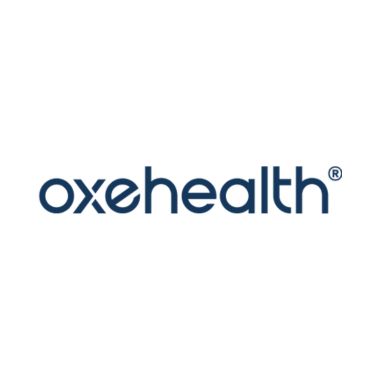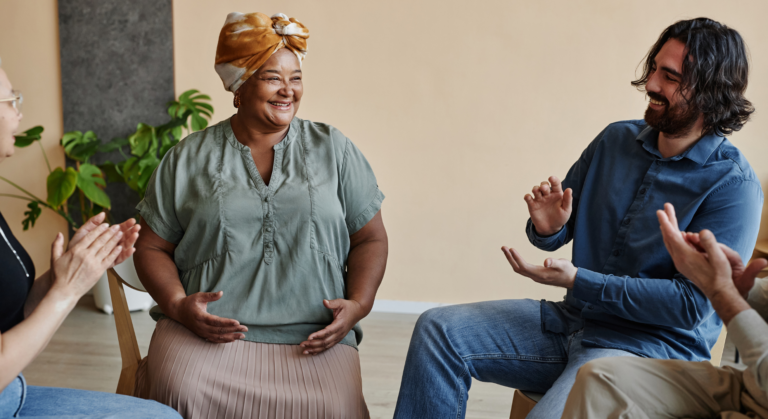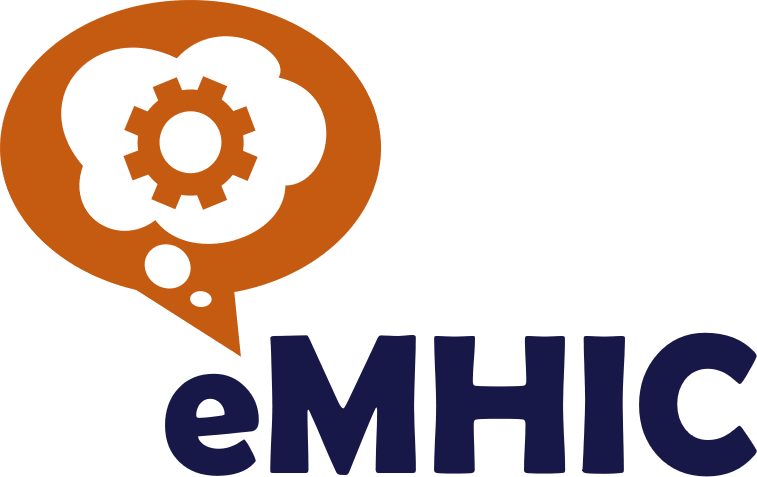Groggy. Irritable. Confused. A bad night’s sleep does it to everyone.
So imagine what it does to someone with mental health issues.
Sleep is a crucial component of mental health, playing a key role in emotion regulation, memory consolidation and cognitive function. Think of how often someone’s said to you, “You’ll feel better with a good night’s sleep.”
“A good night’s sleep” does not occur accidentally. Controlling the environment — specifically light and sound — is essential for ensuring the body gets its proper sleep cycles. This is especially important for people with mental illness, as they commonly experience chronic sleep difficulties, which can induce or exacerbate mental health disorders. Results of one 2019 study, for example, suggest that insomnia is a significant predictor of depression.
Rounding in behavioral health hospitals, therefore, can be devastating to patients’ wellbeing and recovery.
“What matters to me most about Harry’s care when he is in a psychiatric hospital is his sleep,” says a mother whose son has autism and schizoaffective disorder. “I believe sleep’s the most important thing to get him well and back to where he should be.”
Q15s for patients in behavioral health inpatient units: a catch-22
In behavioral health hospitals, 15-minute checks (known as Q15s) are performed around the clock by mental health technicians or other staff members to help ensure patient safety.
Not surprisingly, Q15 checks are also deeply disruptive, especially at night when staff must enter each patient’s room, often with a flashlight, and check for three breaths to indicate that the patient is alive and well.
Although not mandated by U.S. national guidelines (including those developed by The Joint Commission and the The Centers for Medicare and Medicaid Services) Q15 rounding is used to prevent self-harm and suicide in inpatient units. However, many believe it can actually drive suicide risk, causing a cycle known as the “safety-sleep-suicide spiral.” The checks increase sleep disturbance, which compounds a patient’s suicidal tendencies, which increases the need for rounding. And on and on.

A study from 2022 found that night-time sleep disturbance in a behavioral health hospital predicted suicide risk above and beyond anxiety and prior suicidal ideation and attempts. “Findings indicate the need to reevaluate safety protocols that may impact sleep,” the study’s authors write.
Oxevision from Oxehealth lets patients sleep
To counter the negative effects of Q15 rounding, behavioral health providers are turning to Oxevision, the innovative vision-based patient monitoring system from Oxehealth.
Oxevision supports the digital documentation of patient observations throughout the day and has standard compliance-supporting functionality. Yet it is so much more than just a rounding tool.
At night, with the help of FDA-cleared software, staff can carry out their Q15 safety checks without causing disturbance to patients who are asleep in their rooms. This is because Oxevision gives them:
- Contact-free, time-stamped pulse and breathing rate (chest wall movement) measurements, as accurate as contact devices, to provide confirmation that the patient is alive and well
- 15 seconds of clear vision into the room (with privacy controls — no video data is recorded) so staff can use their clinical experience and insight to confirm the patient is safe, just as they would during conventional Q15s
- A time savings of 41% at night compared with standard Q15 rounding methods
“The way that nursing observations have taken place, with nursing staff checking patients in person, has not really changed for decades and can be incredibly disruptive to patient sleep,” says Pauline Scully, Deputy Chief Operating Officer of an NHS-England behavioral health provider. “Working with Oxehealth is transforming the patient experience at night while providing reassurance to staff that the patient is safe.”
Improved patient sleep benefits staff too. Better sleep creates a safer work environment, as staff members no longer have to risk waking up a potentially volatile and confused individual. Patients get their sleep and staff members get their assurance and data — safely. Everybody wins.
“I’ve been in the behavioral health system for a total of seven years, since I was 18,” says one behavioral health patient. “Before, the staff would come in all the time during the night, use flashlights, and wake you up. It was very stressful, especially when on medication. Now (with Oxevision), they don’t disturb sleep as much. I think the system is great for that.”
To learn more about how Oxevision can help your patients and staff, visit Oxehealth.com.
Sources: Sleep cycles; the 2019 study showing insomnia as an indicator for depression; The Joint Commission national patient safety goals; CMS hospital guidelines; the “safety-sleep-suicide spiral”; “A time savings of 41%“
This content was originally published in Behavioral Health Business on 28 February 2023: https://bhbusiness.com/2023/02/28/revolutionize-rounding-the-new-tool-that-lets-patients-sleep/





